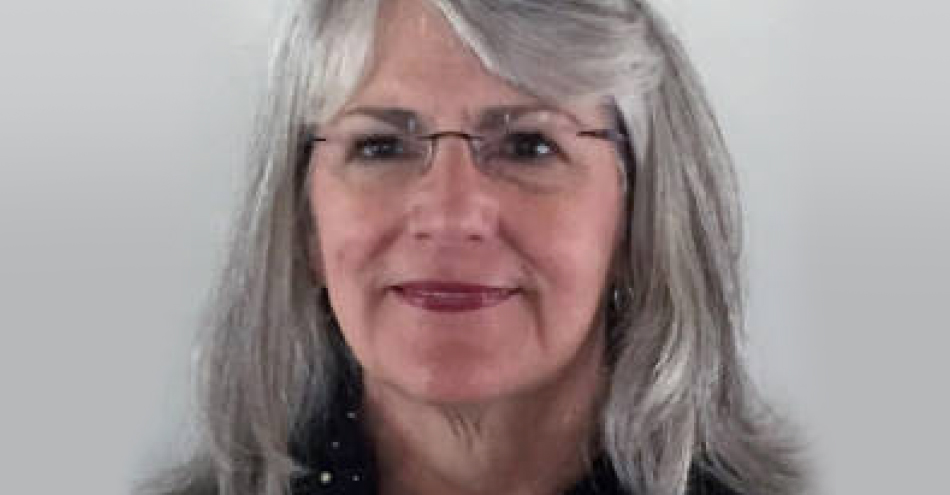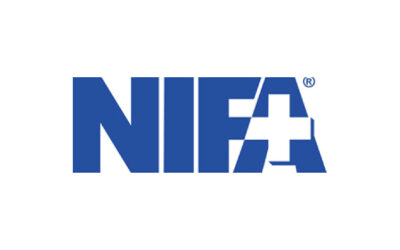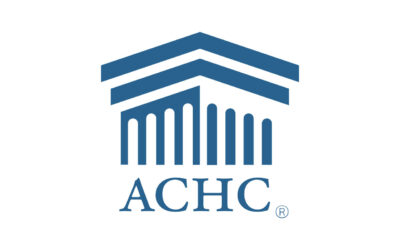 Technological advancements in the health care field are critically important, as they can both lengthen and improve quality of life.
Technological advancements in the health care field are critically important, as they can both lengthen and improve quality of life.
Despite the potentially significant benefits of implementing new advancements immediately, health care facilities often delay implementation as they await updated standards and subsequently manufacturer’s Instructions for Use (IFUs) reflecting these new technologies.
Though while still relevant, these standards remain a major impediment to the adoption of emerging technologies, including those within the realm of sterile processing. Many national standards, including those maintained by the Association for the Advancement of Medical Instruments (AAMI) and the Association of periOperative Registered Nurses (AORN), are updated on a five-year cycle.
Even standards with more frequent updates or amendments, such as the AAMI ST79 steam sterilization standards, can’t possibly keep pace with technology. The process of updating the ST79 standards requires stakeholder meetings (including manufacturers’ representatives, laboratories, federal regulatory agencies and health care workers), a public comment period, and then final adoption by the Sterilization Standards Committee. This arduous process can typically take up to three years, by which time even more advanced innovations may have come to market.
Given this gap, health care institutions need an avenue by which to evaluate and adopt newly developed products and technologies that current standards presently do not address.
Health care facilities owe it to their patients to not delay implementation of new technology or tools that can improve patient care, particularly when these advancements can do one or more of the following:
- Enhance patient safety
- Decrease the risk of infection transmission
- Increase speed or improve efficiency
- Decrease cost of care
- Fortunately, there is an alternative to waiting until the recommended practices catch up with technological advancements: facilitating an in-house multidisciplinary risk assessment.
Rose Seavey is President/CEO of Seavey Healthcare Consulting and formerly the Director of the Sterile Processing Department at The Children’s Hospital of Denver. She served on the AORN Board in 2008-2010 and is past President ASHCSP. She serves on several AAMI committees writing national standards for reprocessing.
Find out more online at ortoday-staging.nfbgp4gs-liquidwebsites.com/new-technologies/








